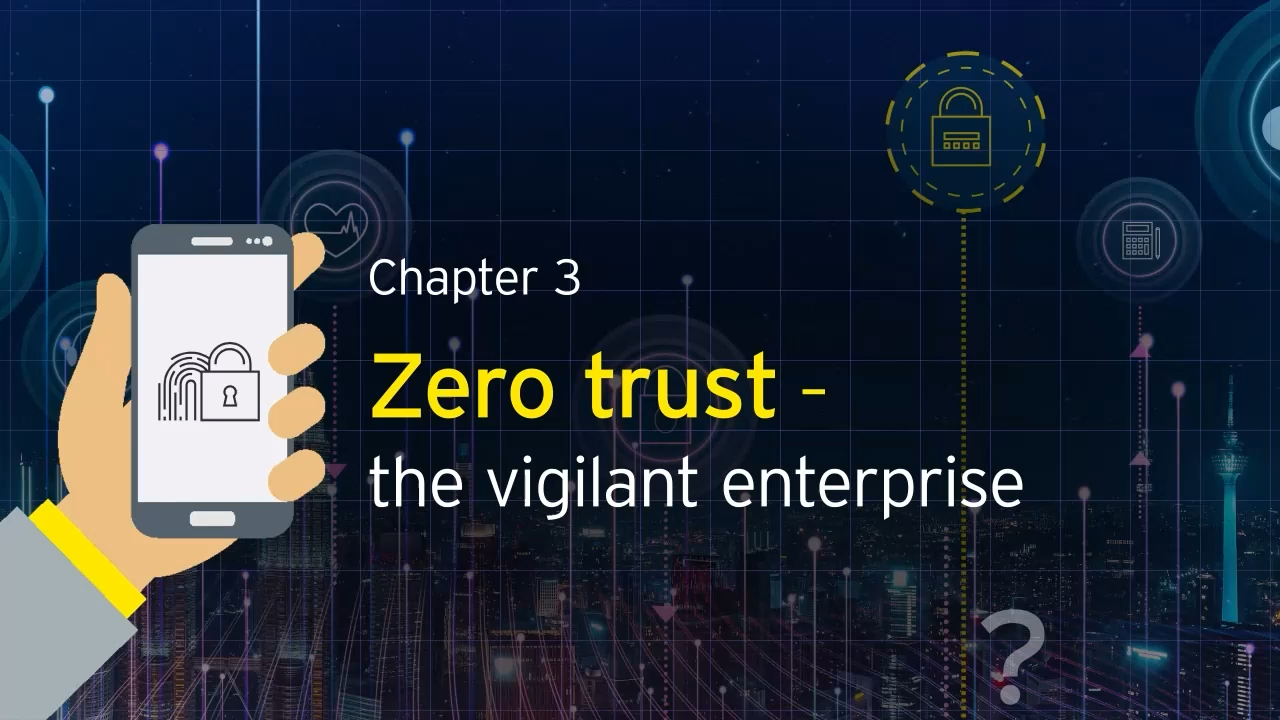ZTA protects a firm from external as well as internal threats. Segmenting the network into countless micro-perimeters prevents infiltrators from progressing towards the core data. In addition, it constantly verifies users and devices.
Cyber AI and ML further strengthen ZTA’s ability to continuously evaluate the trust associated with each access and enforce dynamic policies to create a more robust cyber defense architecture. This results in an enhanced user experience, agility, and adaptability while making policy management stronger. Cloud-based ZTA also increases scalability and ease of adoption.
Implementing ZTA
According to Gartner, 60% of organizations will embrace ZTA as a starting point for security by 2025. However, the approach requires a cultural shift in thinking and communication, as it is not a single technology, product, or service. Instead, it is a mix of products, processes, and people. This requires long-term commitment, which calls for financial and non-financial resources, along with prioritization and support throughout the organization. Therefore, companies should communicate the business relevance of ZTA by aligning resilience and agility.
The framework of adopting ZTA needs to be based on visibility, analytics, and control. Key control elements include robust security posture management and cyber detection and response. As organizations mature in their journey towards ZT and cloud adoption driven by digital transformation initiatives, they will need to add a pillar of ‘Code Trust’ to the existing ZTA principle.
The first step towards ZT is to have a clear plan for the framework that suits the enterprise. Companies can frame a policy engine that defines access policies. There will also be behavioral monitoring tools to execute the decisions made by the policy engine.
There needs to be a stage-wise shifting to ZTA. One way to deploy the technologies is to start with smaller use cases and then expand. This will help employees adapt to the system. The organization must align the deployment with new technologies and its digital transformation. For instance, organizations moving to cloud will store data outside their perimeter, so it would be difficult to apply a single security control system across the entire network.
Threatscapes will progress over time. Therefore, organizations should consider ZTA as a journey to enhanced security, where every stakeholder has a role to play, rather than a destination.



